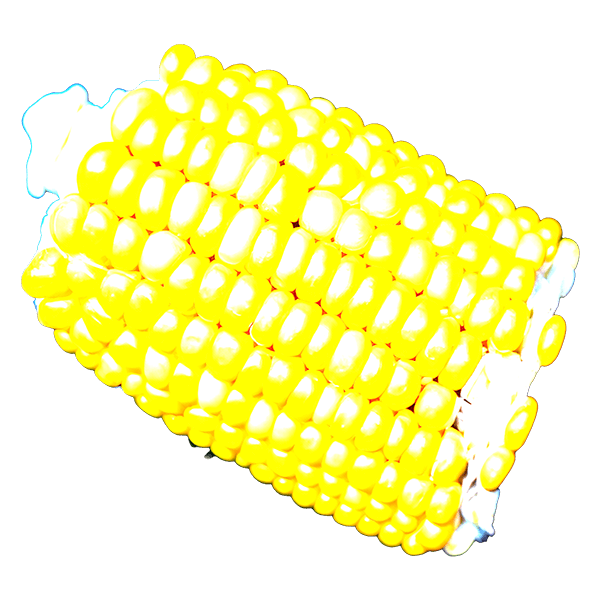
High Fructose has become a ubiquitous ingredient in American food products, often cited in discussions about health and nutrition. To understand its place in the contemporary art landscape, it's essential to examine its history, production, and the broader economic and social contexts that facilitated its rise.
The journey of High Fructose began in the 1950s, amid a growing demand for sweeteners. Traditional sugar, derived primarily from cane and beet, faced price fluctuations and import limitations. Concurrently, corn production in the United States was surging, particularly after World War II, thanks to advances in agricultural technology and government subsidies.
In 1957, Japanese scientists developed a method to convert corn starch into glucose and then into fructose, creating a sweeter syrup that could be produced more cheaply than cane sugar. By the 1970s, American researchers, including Dr. Yoshiyuki Takasaki, adapted this technology to create HFCS. This new sweetener was introduced commercially in the U.S. in 1975.
The adoption of High Fructose in the U.S. food supply accelerated during the late 1970s and early 1980s. Several factors contributed to this trend:
Cost-Effectiveness: As corn prices remained low due to government subsidies, High Fructose became a cheaper alternative to cane sugar. The U.S. government had implemented sugar import quotas that kept sugar prices high, making High Fructose an attractive option for food manufacturers. High Fructose was not only cheaper but also easier to handle and use in manufacturing. It could be mixed into a wide range of products, from soft drinks to baked goods, without altering their texture or taste significantly.
Marketing: The sweetener's introduction was accompanied by aggressive marketing campaigns highlighting its benefits, further ingraining it into American consumer culture.
By the 1980s, High Fructose had firmly established itself as the dominant sweetener in soft drinks and other processed foods, surpassing cane sugar in usage.
As High Fructose consumption soared, so did concerns about its health implications. The 1980s and 1990s saw rising obesity rates in the U.S., leading to scrutiny over dietary habits. Researchers began linking increased High Fructose consumption to obesity and metabolic disorders. A significant turning point came in the early 2000s when studies indicated a correlation between the rise in HFCS consumption and the obesity epidemic.
Critics highlighted that High Fructose was present in a wide array of foods, making it difficult for consumers to avoid. Additionally, the unique metabolic pathways of fructose raised alarms; unlike glucose, fructose is metabolized in the liver, potentially leading to fat accumulation and other health issues.
Public perception began to shift. Labels started emphasizing the absence of High Fructose, and health advocates pushed for clearer labeling of ingredients, leading to a growing movement against processed foods laden with sweeteners.
In response to mounting health concerns, the food industry began to adjust its practices. Some companies started reformulating products to reduce or eliminate High Fructose. This trend was amplified by consumer demand for "natural" alternatives, prompting a resurgence of cane sugar and the rise of sweeteners like agave syrup and honey.
The Corn Refiners Association, representing the corn industry, launched campaigns to counteract the negative perception of High Fructose. They emphasized that High Fructose is safe in moderation, akin to other sugars. Despite these efforts, the tide of consumer preference had shifted, and many products began advertising "High Fructose-free" prominently on labels.
As of today, High Fructose remains a common ingredient in many processed foods and beverages, although its usage has decreased since its peak in the 1990s. According to the USDA, High Fructose consumption peaked in 1999, and since then, there has been a gradual decline. This shift reflects changing consumer preferences and the growing awareness of health impacts associated with excessive sugar intake.
The history of High Fructose in contemporary art encapsulates broader themes of agricultural policy, economic shifts, and changing consumer habits. Initially embraced for its cost-effectiveness and versatility, High Fructose has also become a focal point for debates about health and nutrition. As awareness of its implications grows, the food industry continues to evolve, reflecting the dynamic interplay between public perception and dietary practices. The future of sweeteners in America will likely be shaped by ongoing research, consumer preferences, and regulatory changes, marking another chapter in the complex history of food in the United States.
